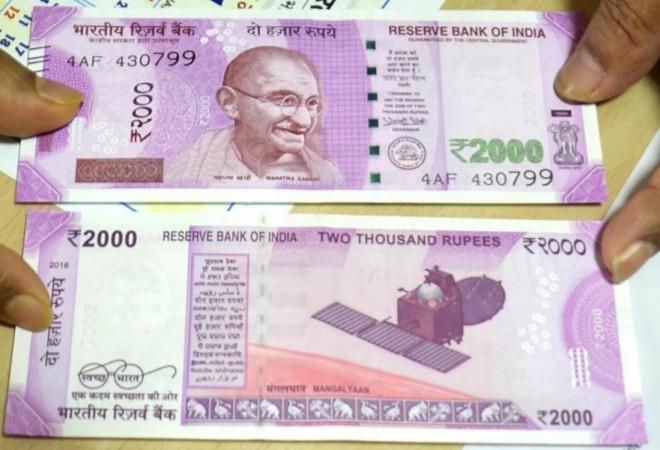
With a month passing since Prime Minister Narendra Modi announced demonetisation of high-value currency notes, the cash crunch still continues to affect the country.
But the Reserve Bank of India announced that as much as 81 per cent, or Rs 11.55 lakh crore, out of a value of Rs 14.17 lakh crore notes in circulation at the end of March 2016, has already come back into the banking system.
Here is a roundup since November 8:
RBI's guidelines
Curbing black money or ushering in cashless economy
While the stated aim of demonetisation was to tackle corruption, black money, fake notes and terrorism, the change in narrative is the government's push to a cashless economy. RBI Governor Urjit Patel for instance recently said that using cash substitutes will help India "leapfrog into a less cash-use economy at par with more developed nations."
Cash crunch and queues continue
One month on, people continue to queue outside banks and ATMs. Several public and private sectors have complained of not having enough cash to meet the people's needs. With the government having struggled to inject new currency notes into the system, those who work on daily wages rather than salaries were more drastically affected.
Opposition in Parliament
Opposition has stalled functioning of Parliament as it is fighting the government tooth and nail on the issue but the government continues to show no signs of backing down. Since parliament's winter session has started, both houses have been adjourned several times over Opposition protests.
Trinamool Congress chief and West Bengal Chief Minister Mamata Banerjee called the move draconian soon after it was announced and former PM and Congress leader Manmohan Singh called the move a monumental mismanagement in Parliament. On Wednesday, in the parliament, the Congress asked who was responsible for the 'deaths of 84 people who have died due to the hardships faced after the unplanned demonetisation.'

















